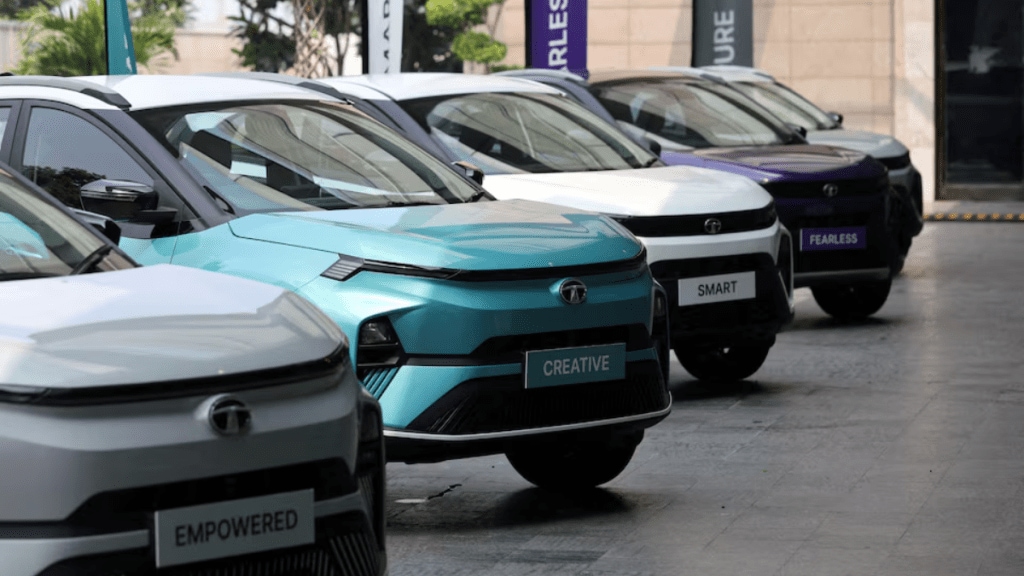Fueled by the cut in Goods and Service Tax (GST), the upcoming festive season will ring in a bonanza for the automotive industry with a volume of more than 5.2 million units expected to be clocked during the 42-day period.
Auto dealers across segments such as passenger vehicles (PV), two and three-wheelers, commercial vehicles and tractors are confident of a growth of more than 20% during the festive period, over the total of 4.28 million clocked during the same period last year.
According to the Federation of Automobile Dealers Association (FADA), the country’s apex dealer lobby body for the auto industry, the festive season starts with the beginning of Navratri (September 22 this year) and ends 15 days after Dhanteras.
Strong Demand Across Segments
“Looking at the booking and enquiry trends since the announcement of the reformed GST rates, there should be no surprise if the industry does a minimum of 20% growth in volumes this year during the designated festive days,” said a dealer principal of a large entity.
During FY25, the industry clocked a total of 25.6 million sales, a growth of 7% over 23.85 million units recorded in FY24. The festive period is the most crucial period for the automotive industry as it typically generates 15% of the total volumes during a given financial year.
“This will be a record year, no doubt about it. It’s only during the last couple of days when the message about the GST cut has been passed on to the market, that we have started to see a surge in demand,” said a Raipur-based dealer of Honda and Tata Motors on the sidelines of the 7th Auto Retail Conclave of FADA.
“The demand is upbeat. Jaguar Land Rover (JLR) is now waiting for September 22 for the new prices to take effect, it has begun liquidating its current inventory at the reformed GST rates. This will be a record period for the industry. Booking numbers are looking very robust despite the on-going Shraadh period,” said a senior executive of a dealership selling JLR cars.
GST Cuts Boost Consumer Sentiment
Although there is enough inventory across the auto segments to meet the demand, OEMs are expected to crank up production to meet the surge. While the PV industry is sitting on an inventory estimated at 600,000 units, the two-wheeler industry is sitting on an inventory estimated between 280,000 to 450,000 units.
GST rationalisation has led to a drop in prices ranging between Rs 40,000 to Rs 155,000 on cars and sports utility vehicles in the mass market segment following the cut in GST to 18% from 28%.
In the luxury segment which features brands such as Mercedes-Benz, BMW, JLR, Audi and Volvo, the price drop has been relatively steeper to up to Rs 30 lakh.
The Ministry of Heavy Industries has asked auto companies to appropriately display price comparison of their products in the format of ‘old vs new’ at their showrooms.
